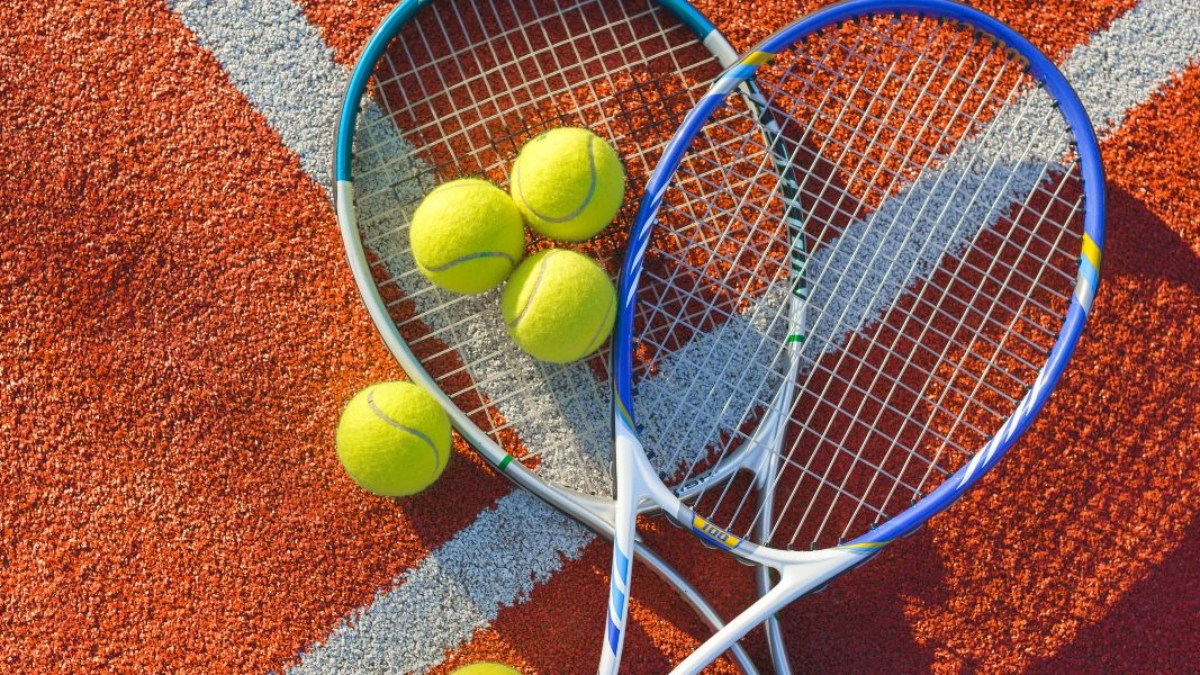By Denny Schackter, RSPA Elite Pro, Waukesha, WI
For many years my profession was a racquet sports sales rep for Wilson. Conducting demo days gave me a chance to meet consumers, answer questions about racquet selection, and promote our wonderful game.
I ended my sales career in 2008, and things sure have changed from those days. I always said, “demo a racquet 4-5 times under game conditions and whatever racquet feels best on your favorite shot, or the one you hit best, or the one you count on at crunch time, that’s the one to purchase.” In addition, if one was an older player (50 plus), a racquet with a larger head and more head weight for power, was the norm.
Today, racquets have become more powerful but are less in weight and in width of the cross-section. Many racquets are no larger than 108 square inches whereby in previous years, 110-115 square inch head size, was commonplace. Lastly, string technology has become a science in itself. Rarely were there two types of strings, a hybrid, installed in a racquet. A hybrid would be one type of string for the mains, or vertical strings, coupled with a complementary string for the crosses or horizontal strings. An example would be to use a polyester string for the mains and a soft multifilament string for the crosses. Mark Campanile of Northbrook Racquet Club in Northbrook, IL (mark@theracquetman.net) and one of the nation’s finest stringers, told me that he helps folks pick a racquet solely on their athletic ability, skill level, and playing style with age not being a factor. Wow, I was surprised by that statement, but it certainly makes sense. Who cares how old a player is? If they strike the ball well, they can get to many shots, that’s all that matters on what you pick. In addition, a good chat with an accomplished tennis string technician, like Mark, can zero in on one’s particular style of play. An example would be if one plays more singles than doubles because shot selection and variety are quite different for each.
String tension has come down in number as have grip sizes. I used a 4 ½ with a built-up grip to 5/8. Now most everyone uses a 1/4 or 3/8 grip, which is more conducive to the wrist action being incorporated in groundstroke teaching. Mark mentioned that lower tensions, with current strings, perform great and are healthier for the player. He also mentioned that a good discussion with a stringing expert, not only for stringing choices but racket choices as well. I always chuckled when an amateur player chose a racket that Federer used. Why would you when Federer earned his living on the court and the average player did not? Please be sure your player’s selection is based on their needs, not their best friend’s choice or a Pro player’s.
I guess what I thought would be a complicated problem really is very easy when a knowledgeable and a current string technician, like Mark, is in your circle of support.
Why not invest your time with an expert when you take the game seriously?

